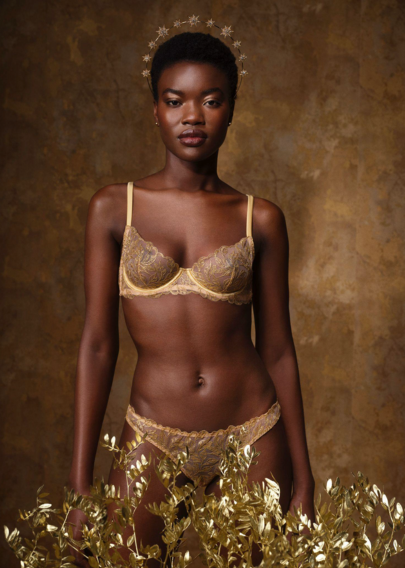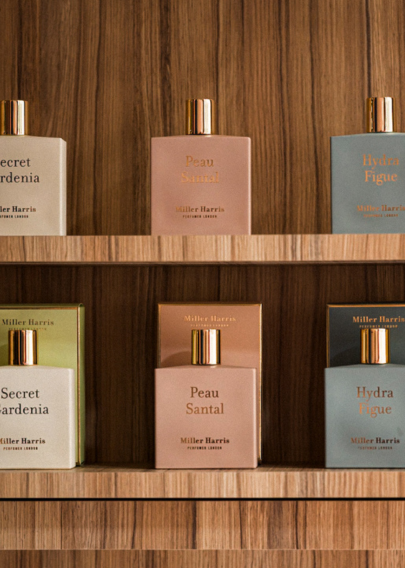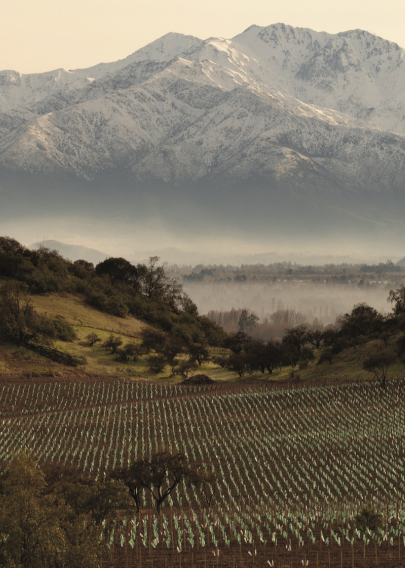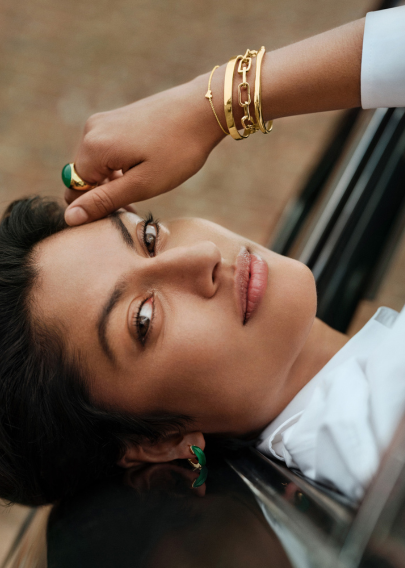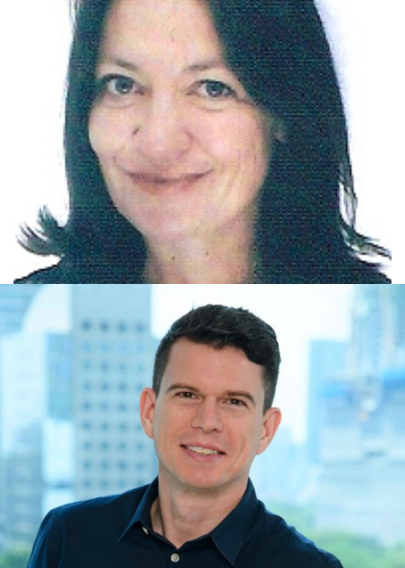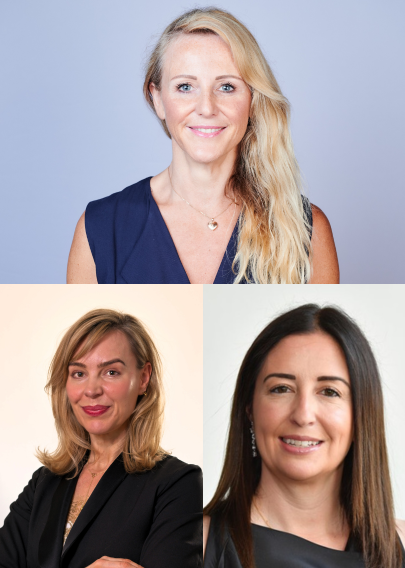A circular economy is a systemic approach to economic development that is designed to benefit businesses, society, and the environment as a whole. A circular economy is founded on principles of designing out waste and pollution, it looks beyond the current linear ‘take-make-waste’ model where products and materials are kept in use for as long as possible. Materials and products are then recovered and regenerated at the end of their service life, to be used once again.
We asked our community of Positive Luxury-certified brands what steps they are taking to make small positive changes over the next 5 years. From material innovations to take-back and repair services, read on to learn more about the inspiring ways our brands are incorporating circularity…
Our first significant step is launching our mini circular-economy, ‘Pre-loved | Re-loved’, where customers’ can trade in pre-loved Töastie items and purchase past-season samples. Alongside this initiative, we will introduce a repair service, restoring beloved Töastie coats to good as new. From SS21 all collections meet our requirement of 40% minimum recycled and we are working on a 100% recycled collection, to launch in 2022. Longer term, we are exploring solutions to repurpose and recycle used Töastie coats to create our own true circular economy.
Kirstie Duke, Co-Founder of Töastie
One word: recycling! All KAMPOS products can be recycled again after use and transformed into new products for the following season. We want to educate and support our community in recycling products. From September 2021, we are launching our KAMPOS recycling program.
Alessandro Vergano, CEO of Kampos
The traditional “linear economy” has never been a suitable format for us as we try to take a holistic approach to everything we do. Our constant focus is on quality (not quantity) and innovation to find solutions of how to best re-use any “waste” products at our distillery. We abandon plastic in our packaging, recycle all materials for longer usage and try to source product components locally wherever possible.
Tessa Gerlach, Co-Founder of Elephant Gin
Circularity is a core value at Courbet. We only use recycled gold, most of which derives from obsolete computer hardware. We aim at exclusively sourcing our recycled gold from those urban mines in the span of the next five years. Our second ambition is to make our jewellery pieces timeless by offering to revisit our customers’ jewels years after purchasing it. A new design to give the same emotionally charged materials a new life.
Marie-Ann Wachtmeister, Co-Founder of Courbet
Circularity is the way of the future but becoming part of the process is not easy. Our cashmere comes from a mill in Italy that uses 60% post-consumer fiber, which means there is circularity built in the yarn making process already. At Santicler, in the next 24 months, we intend to launch a take back program of our own products, regardless of where it was purchased. Customers will have the ability to return Santicler garments for credit. Based on the condition, the returned product will be upcycled or recycled in partnership with mills like the cashmere suppliers we have at the moment. Recycling garments made of organic cotton is easier and we intend to partner with US and European manufacturers of home insulation, stuffing and other products in which cotton can be responsibly repurposed.
Monica Magdas Miller, Founder of Santicler
A circular mindset has been inherent to Nomadissem since its founding. Aiming to foster responsible consumption and prolong the lifespan of each garment, we design consciously with each collection building on the previous ones. At the same time we are working on introducing a mending service as well as a return & recycle programme that will allow to repurpose unwanted garments or give them a new life by donating them to supported charities. What’s more, our packaging was designed to be repurposed by our clients as storage boxes.
Noële Nana Schaffner, Creative Director and Owner of Nomadissem
An advantage of being a small start-up in today’s world, is that Sonia Petroff was able to integrate sustainability measures from day one. In fact, one of the key beliefs we have and on which we have built our brand is “slow fashion”. We strongly believe in producing a small quantity of pieces which are timeless – timeless in that they don’t go out of fashion and get quickly discarded and timeless in that we offer a lifetime guaranty of free repairs as we believe in quality craftmanship which withstands time.
We also made sure that all of our packaging is from paper which can be recycled and our belts come in suede-like pouches which are to be kept and used to protect and store them when not being worn.
Maria Leoni-Sceti, Founder & Creative Director of Sonia Petroff
AERA was built with ethics, transparency and sustainability at the core. Although our brand is still very young, we are actively exploring both end-of-life strategies and material innovations in an effort to be truly circular. Specifically, we will look into repair, resale and donation scenarios; and regarding materials, as new technologies arise, we would like to evolve so that our shoes are eventually 100% bio-based and bio-degradable.
Tina Bhojwani, Co-Founder & CEO of AERA
Circularity has long been imbedded in our jewellery, from the recycling of our silver and gold to the reworking of customers own heirlooms incorporating gemstones which may have been in 2 or 3 precious items before. Repair, renewal and refurbishment of our designs is an area where we can create a more circular economy, updating rather than re-purchasing something completely new.
Dinny Hall, Founder of Dinny Hall
Our pieces are of a very high quality and made to last a lifetime. They don’t contain any harmful raw materials and are thus biodegradable (excepting for the 100% polyester recyclable thread). Our aim is to have a ‘return, redesign & reuse’ system in place in five years’ time for clients wanting something ‘new’ but still sustainable.
Tanith and Keziah Swinford, Co-Founders of Jota-Kena
We are moving towards a time where new watch sales are increasingly balanced with sales of pre-owned watches, and where production becomes in-line with actual demand. The reasons behind this include pricing transparency in the online marketplace, as well as customers increasingly being resource conscious.
Going forward, our strategy is to reduce the negative impact of production as well as in marketing and selling. When we have achieved that, we want to focus further on our efforts to reduce negative human/environmental impact specifically on mountains and sea (our brand ‘universes’) and ideally to have a net positive impact in the future.
Jorn Werdelin, Co-Founder of Linde Werdelin
Over the decades Weleda has honed processes for a circular economy because sustainability has been at the heart of Weleda since 1921.
We grow plants ourselves at our organic herb gardens, do our own in-house formulation and fragrance development using a century’s expertise, avoid contract manufacture, use only biodegradable ingredients, recycle water used, continually redesign and reduce our packaging so it is more recyclable and made with more recycled material, return plant waste from the manufacturing process to the gardens for composting, and even save seeds from our plants to be used the following season. In this way 98% of all waste produced during the manufacturing process is reused.
But we take things a step further by growing our plants biodynamically, rather than depleting the ground we are nurturing healthy soils and encouraging biodiversity, and continually giving back. Over the next 5 years we will be working hard towards true cost accounting of all these factors.
The team at Weleda
Make, use, reuse has been one of our business goals from the outset. We proudly reuse our organic herbs and flowers residue in farmlands after production. Nothing more satisfying than taking from the land, transforming it and giving it back! We have recently moved our HQ where we can now use clean, green energy. We are vigilant on everyday consumables like milk– only in glass bottles– toilet paper – from waste fibres with no plastic wrapping and waste management. Changes are in the pipeline to minimise our packaging even more and find the alternative to our bottles dispenser which is the only plastic in our packaging.
The Team at Inlight Beauty
Since the brand’s inception, our business model continues to embed circularity at the core by being regenerative through a low impact and minimum waste design and production process. We use certified materials which are produced from post-waste or remain 100% natural fibres for effective recycling or bio-based, to ensure they remain benign when returned to earth. Any scrap material is reused in packaging, new collections or donated to young creatives who are able to reproduce new pieces for their own collections.
Bav Tailor, Founder of BAV TAiLOR
For the next 5 years, our goal is to make small and sure steps to promoting a circular food economy through our wellbeing travel experiences. Tackling the complexity of the global food system to ensure the end product not only plates up healthy and nutritious meals for our guests. It also alleviates the negative forces the food economy exerts on our biosphere and eco-systems, effectively protecting each stage of the cycle. For example, educating our partner properties on the efficient handling of food waste, project participation of soil regeneration and environmental restoration, establishing shorter supply chains and more.
Livia Manca di Villahermosa, Founder of Balance Holidays
We believe it’s all about the small changes that will resolve in a greater change. By that we are committed to not only continuing to use recyclable and biodegradable materials but from a circularity standpoint, invest in recycled plastics for our products and packaging. In addition to initiatives that guarantee to safely, and thoroughly recycle all of our sachets that sit within our ranges.
Eva Alexandridis, Co-Founder of 111SKIN
Small noticeable steps on a day-to-day basis which POAN does as a company are minimising the single use of resources; i.e. packaging or hangers. Through communication we also encourage the same from the audiences which we interact with – whether that be our customer base or press figures. A wider goal/main consideration of ours for the next 5 years, would be the introduction of capsule collections of repurposed & re-cycled fashion pieces.
The Team at POAN
< Back

